Introduction

Image: JF260 Air Purifier
As parents, we strive to create a safe and healthy environment for our children. This includes ensuring they breathe clean air, especially within the confines of their bedrooms. However, indoor air can be polluted by various contaminants, including dust, pollen, allergens, bacteria, viruses, and harmful gases. These pollutants can negatively impact children's health, causing respiratory issues, learning difficulties, and even affecting their long-term well-being.
The Power of Air Purifiers
Fortunately, air purifiers offer a powerful solution to improve the air quality in your child's room. These devices work by filtering out harmful contaminants, leaving behind clean, fresh air for your little ones to breathe.
Benefits of Air Purifiers for Children
Here are some of the key benefits of using an air purifier in your child's room:
- Reduced Allergies: Air purifiers effectively remove allergens such as dust, pollen, and pet dander, significantly easing allergy symptoms like coughing, sneezing, and itchy eyes.
- Enhanced Respiratory Health: By eliminating airborne viruses and bacteria, air purifiers help protect children from respiratory infections, colds, and flu.
- Improved Sleep Quality: Clean air allows children to sleep deeper and more restfully, vital for their physical and mental development.
- Boosted Immunity: Purified air strengthens the immune system, increasing resistance to illness and promoting overall health.
- Better Cognitive Function: Studies have shown that cleaner air can improve concentration and focus, leading to better learning outcomes and academic performance.
Choosing the Right Air Purifier for Your Child's Room
Selecting the right air purifier for your child's room is crucial for maximizing its effectiveness. Here are some key factors to consider:
- Purification Capacity: Choose a purifier with sufficient air cleaning power for your child's room size. This is typically measured in air changes per hour (ACH). Aim for a purifier that can achieve at least 5 ACH for optimal results.
- Filtration Type: Look for a purifier equipped with a HEPA filter to effectively capture dust, pollen, and other airborne particles. Additionally, consider activated carbon filters to remove odors and harmful gases like VOCs.
- Noise Level: Opt for a quiet purifier with low noise levels, especially important for bedrooms to ensure undisturbed sleep. DC brushless motors are ideal for quieter operation.
- Safety Certifications: Choose a purifier with certifications like ETL/FCC, guaranteeing safety and compliance with electromagnetic radiation standards.
The Best Choice for Clean Air in Your Child's Room
Jafända air purifiers are specifically designed to provide the best possible air quality for children. Here's what makes them stand out:
- Large HEPA Filter Area: Jafända purifiers feature a larger HEPA filter than many competitors, resulting in extended service life and superior filtration performance.
- High-Quality Activated Carbon: Jafända uses activated carbon several times heavier than other brands, ensuring exceptional odor and VOC removal for a truly fresh environment.
- Comprehensive Purification: Jafända purifiers effectively tackle PM2.5, VOCs, odors, and other contaminants, creating a clean and healthy space for your child to thrive.
- Quiet Operation: Jafända's DC brushless motors ensure whisper-quiet operation, perfect for bedrooms and nurseries.
- Safety Certifications: Jafända purifiers are ETL/FCC certified, guaranteeing safety and compliance with children's room standards.
Conclusion
By investing in a high-quality air purifier like Jafända’s JF180 air purifier or JF260 air purifier, you can ensure your child breathes clean, fresh air in their room. This simple step can significantly impact their health, well-being, and overall development, creating a safe and healthy environment for them to learn, play, and grow.

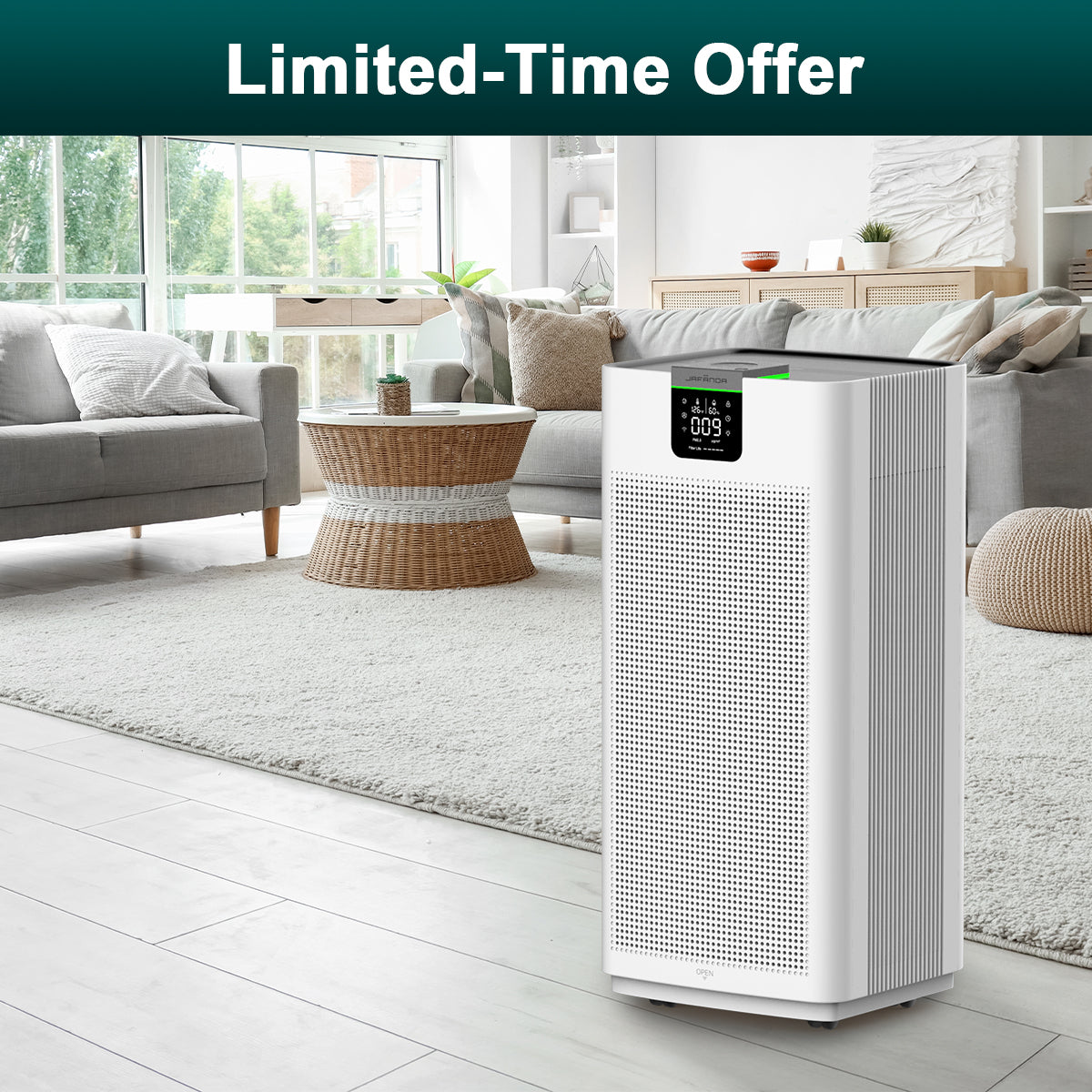
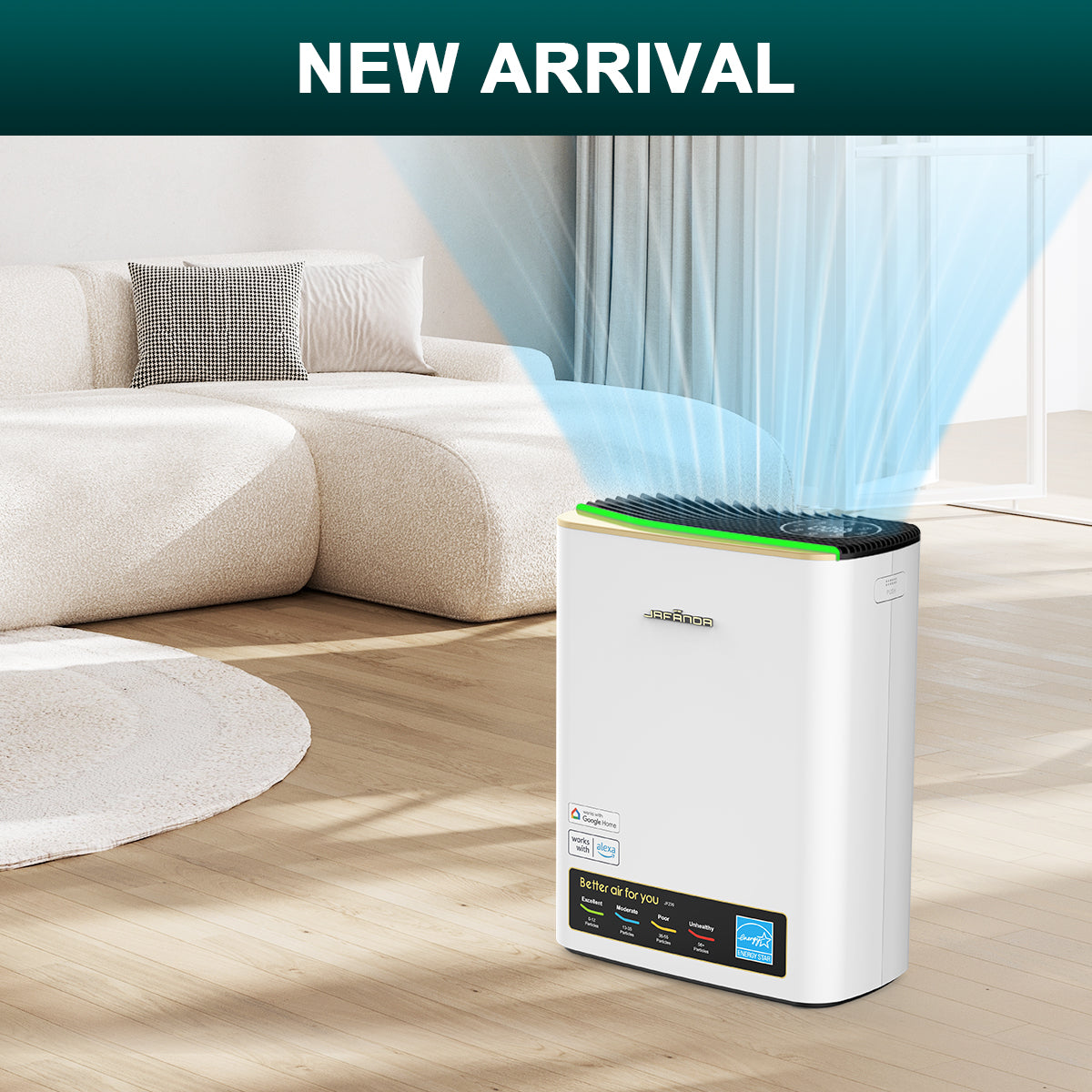

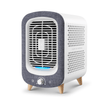
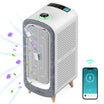
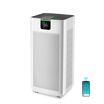
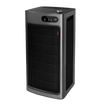
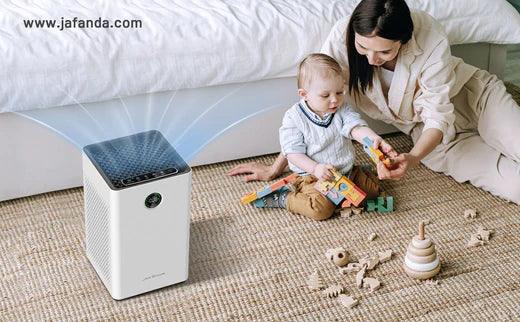

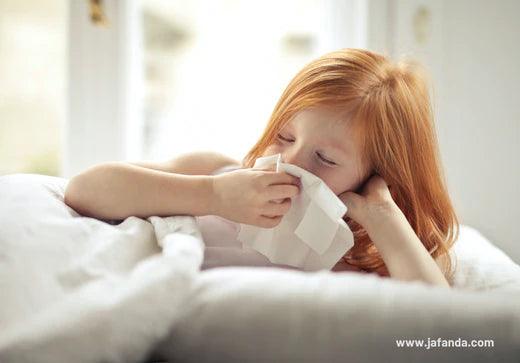
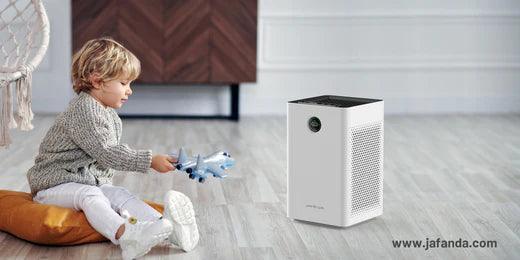
Leave a comment
All comments are moderated before being published.
This site is protected by hCaptcha and the hCaptcha Privacy Policy and Terms of Service apply.